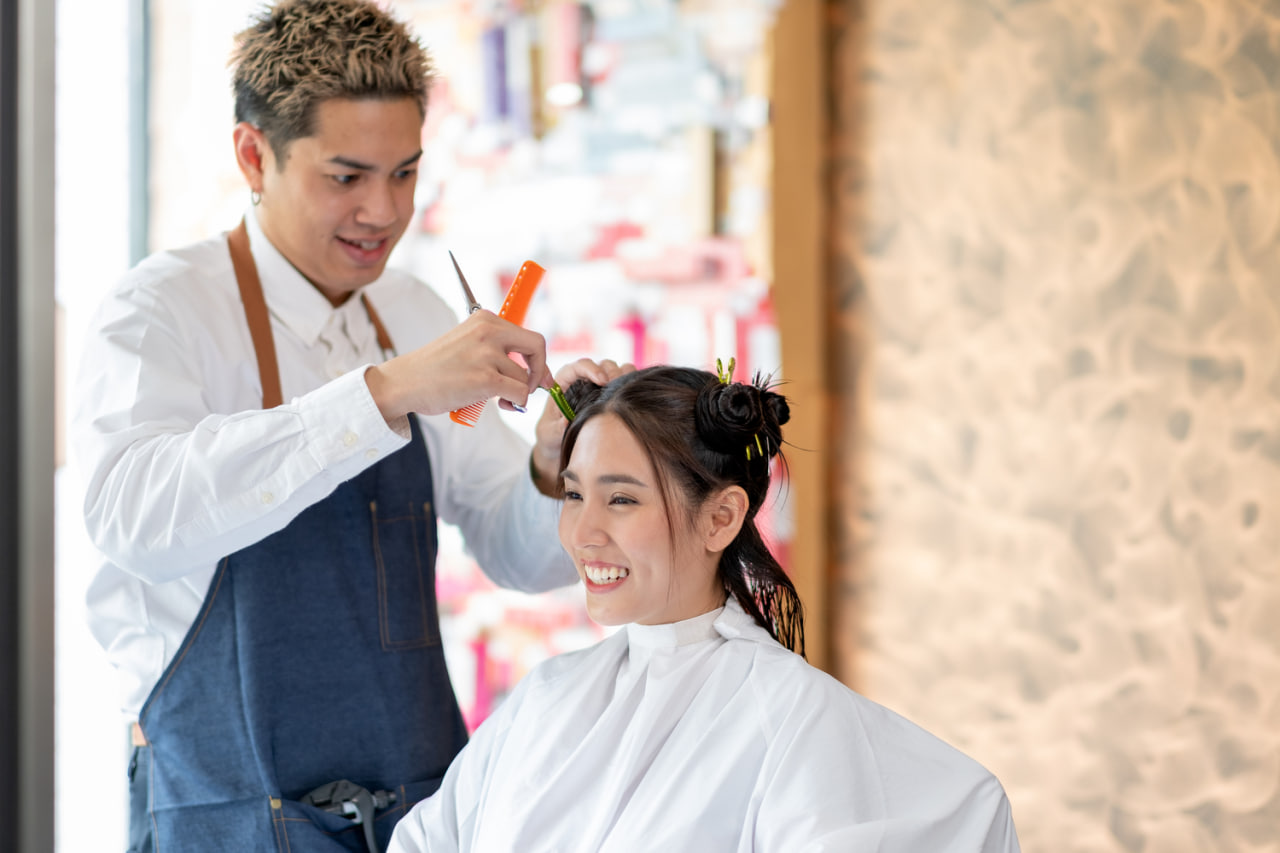Beginner’s Guide to Hair Cutting: Tools and First Techniques
Learning how to cut hair can feel overwhelming at first, but with the right tools and techniques, even beginners can achieve clean, stylish results. Understanding the basics is essential, whether you’re practicing on yourself, friends, or taking the first steps toward a professional hairstyling career.
Essential Tools for Hair Cutting
Having the correct tools makes a big difference in achieving precise cuts and maintaining hair health. Beginners should invest in a few reliable items:
- Hair Cutting Shears – Special scissors designed for cutting hair ensure sharp, clean lines without damaging ends.
- Combs – A wide-tooth comb is ideal for detangling, while fine-tooth combs help create straight sections and control details.
- Clips – Sectioning clips hold hair in place, making it easier to work in small, manageable parts.
- Spray Bottle – Lightly dampening the hair before cutting provides better control and accuracy.
- Cape or Towel – Keeps clothing clean and provides a more professional setup.
Investing in quality tools from the start sets the foundation for smooth learning and better results.
Preparing for the Cut
Before beginning, preparation is key to success:
- Wash and condition the hair to remove any dirt or product buildup.
- Comb through gently to eliminate knots and tangles.
- Decide on the style you want to achieve and visualize the final look.
- Always work in a well-lit area where you can clearly see the hair’s length and texture.
Preparation ensures accuracy and helps avoid mistakes during the cutting process.
Basic Hair Cutting Techniques
There are a few simple methods that every beginner should practice first. These techniques form the basis for more advanced styles later on.
The Straight Cut
This is the most basic haircut, perfect for trimming ends or maintaining even length. Comb the hair down smoothly and cut across in small sections, keeping your shears level.
The Layered Cut
Layers add texture and movement. To create them, lift sections of hair at an angle and cut slightly shorter than the rest. This method helps hair look fuller and reduces heaviness.
The Point Cut
Instead of cutting straight across, hold the scissors vertically and snip into the ends. This softens blunt lines and gives a more natural finish.
Trimming Bangs
Section the fringe area, comb it flat, and trim slowly from the center outward. Cut small amounts at a time to avoid going too short.
Practicing Safely
Beginners should start by practicing on mannequin heads before trying on real hair. If working with someone, always explain that you are learning and take small, careful cuts. Remember that hair grows back, but building trust is essential.
Building Confidence with Consistency
The key to becoming skilled at hair cutting is practice. Start with simple trims, then gradually move toward layered styles and advanced techniques. As your confidence grows, so will your ability to experiment and develop a personal style.

